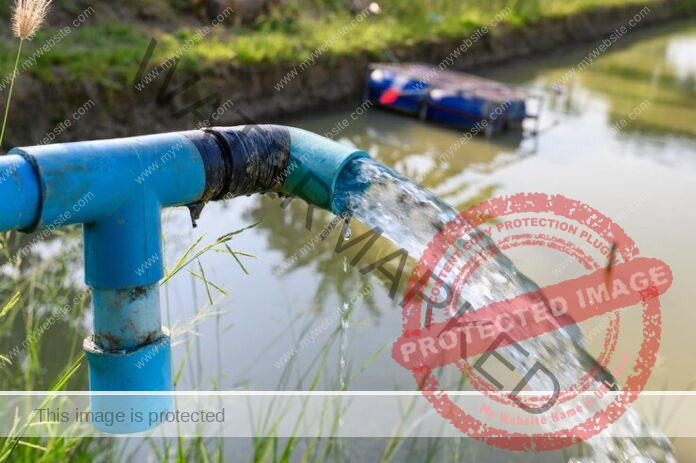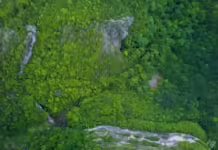With India achieving the distinction of being the most populous country in the world last year, the per capita water availability in the country is reducing due to the population boom. Based on the study titled “Reassessment of Water Availability in India using Space Inputs, 2019” conducted by Central Water Commission (CWC), the average annual per capita water availability for year 2021 and 2031 has been assessed as 1486 cubic meter and 1367 cubic meter respectively.
The average annual water availability of any region or country is largely dependent upon hydrometeorological and geological factors, though, water availability per person is dependent on population of a country. The per capita water availability in the country is reducing due to increase in population.
Utilizable Water Availability
Based on the study, the average annual precipitation is estimated as 3880 Billion Cubic Meter (BCM) in the country. After accounting for the natural processes like evaporation etc, the average annual water availability in the country is assessed as 1999.20 BCM. The assessment of available water was made river basin-wise. Due to topographical, hydrological and other constraints, the utilizable water availability is limited to 1139 BCM per annum comprising 690 BCM of surface water and 449 BCM of replenishable ground water.
Annual Extractable Ground Water Resource
The Ground Water Resource Assessment report for the year 2023 revealed that the total annual groundwater recharge in the country had been assessed as 449.08 billion cubic metre (BCM). Keeping an allocation for natural discharge, the annual extractable ground water resource has been assessed as 407.21 BCM. The annual groundwater extraction is 241.34 BCM. The average stage of groundwater extraction i.e. the ratio of ‘Annual Ground Water Extraction’ with respect to ‘Annual Extractable Ground Water Resource,’ for the country is estimated to be around 59.26 %.
The assessment of Dynamic Ground Water Resources of each State/UT is being carried out jointly by Central Ground Water Board and State Nodal/Ground Water Department annually.
Based on the stage of extraction, the assessment units are categorized as ‘Safe’ if it is less than 70 %, ‘Semi-critical’ if extraction is more than 70 % and less than 90 %, ‘Critical’ if extraction is more than 90 % and less than or equal to 100% and ‘Over-Exploited’ if the ground water extraction was more than 100 %.
Of 6553 units, 736 units (11.23%) ‘Over-exploited’
Out of the total 6553 assessment units located in different districts of the country, 736 units (11.23%) have been categorized as ‘Over-exploited’, 199 units (3.04 %) as ‘Critical’, 698 units (10.65 %) as ‘Semi-critical’ and 4793 units (73.14 %) as ‘Safe ‘units besides 127 units (1.94%) as ‘saline’.
Over Exploited, Critical, Semi Critical zones in different districts in country
| State/UT | Over Exploited Units | Critical Units | Semi Critical Units |
| Rajasthan | 119 | 23 | 21 |
| Punjab | 117 | 3 | 13 |
| Tamil Nadu | 100 | 27 | 56 |
| Haryana | 88 | 11 | 9 |
| Uttar Pradesh | 62 | 43 | 172 |
| Karnataka | 44 | 12 | 32 |
| Madhya Pradesh | 26 | 5 | 60 |
| Gujarat | 23 | 8 | 20 |
| Delhi | 13 | 12 | 4 |
| Telangana | 11 | 10 | 61 |
| Andhra Pradesh | 10 | 3 | 18 |
| Maharashtra | 9 | 9 | 57 |
| Bihar | 8 | 7 | 54 |
| Jharkhand | 5 | 6 | 11 |
| Puducherry | – | – | 3 |
| Dadar & Nagar Haveli | 1 | – | – |
| Daman | 1 | – | – |
| Diu | 1 | – | – |
| West Bengal | – | 12 | 32 |
| Chattisgarh | – | 5 | 22 |
| Chandigarh | – | – | 1 |
| Assam | – | – | 1 |
| J&K | – | – | 1 |
| Kerala | – | 3 | 30 |
| Ladhakh | – | – | 6 |
| Lakshwadeep | – | – | 1 |
| Odisha | – | – | 9 |
| Uttarakhand | – | – | 4 |
| Total | 736 | 199 | 698 |





























